I know it’s still (barely) February but I actually started working on my garden layout last Month. One might think that a garden requires little more than digging up a plot and throwing down some seeds. You might get away with that for a year or two but, eventually, it will all come crashing down. Here I have laid out 5 organic practices for healthy garden soil to keep your garden growing strong year after year.
While there are other good gardening habits to follow, if your soil is depleted, your plants will suffer.
5 Organic Practices for Healthy Garden Soil
1. Soil Testing
There is disagreement among experts on how to accomplish this. Some say never use the cheap tests that can be found at your local home improvement store or nursery. Others say they are perfectly fine.
I’m not a patient individual so I don’t send soil samples out to the University Extentions because, for my own personal use, I feel the store kits are reliable enough. You will still get a general idea of what your soil needs.
3 Main Soil Nutrients in Simple Terms
- Nitrogen
- Potassium (Potash)
- Phosphorous
Nitrogen
Nitrogen is needed for all growth processes and promotes amino acid production which gives the plant energy for growth to produce leaves and stems.
Potassium
Potassium helps prevent unwanted affects on the plant from stress, drought, and disease. It also assists with water uptake and helps fruit ripen. Additionally, it helps the fruit develop healthy seeds.
Phosphorous
Promotes a strong root system.
Replenishing the Soil
Nitrogen
Nitrogen can be replenished by adding organic compost. Fish emulsion is also a great source of nitrogen. Fish emulsion is fast acting but needs to be reapplied by diluting 1-2 tablespoons in 1 gallon of water and applying this as directed on the label.
Potassium
Seaweed, aged manure, wood ash, and granite dust are good ways to replenish the soil of potassium.
Phosphorous
Phosphorous is replaceable by adding aged manure, rock phosphate or bone meal.
In the past I have used at 10-10-10 garden fertilizer to scatter on the soil in the Spring but since I’ve been moving toward more organic practices I stopped using that several years ago.
There are other important soil micro-nutrients in addition to the three I have listed, but these three get the most attention. Generally, if you’re replenishing one of these three, you’re likely adding other beneficial nutrients as well.
Checking the PH in the Soil
The tests kits I use also have the ability to test the PH level of your garden soil based on a scale of 1.0 – 14.0. This tells you how acidic or alkaline your soil is. Neutral acidity is 7.0. A reading of more than 7.0 means you have more alkaline soil, and a reading of less than 7.0 means it has acidic tendencies.
Most plants do the best if your soil is right around the neutral level, although there are some that do better in higher acidity and some that do better in more alkaline soil.
Altering the PH in the Soil
The PH in your soil can be altered over time by applying soil amendments such as Sulfur to increase the acidity (or lower the PH) and Lime can be added to encourage more alkaline soil (or a higher PH).
Know Your Soil Type
Loam: This is every gardeners dream soil. Rich and dark. Full of organic matter.
Clay: Heavy when wet and hard as a rock when it’s dry. It has a good amount of nutrients but they can’t always reach the plant because of the dense soil texture.
Sandy: Light and nutrient rich but drains too well and therefore doesn’t allow the plants to take in much moisture.
Silty: Lighter than clay but heavier than sand. Poor drainage and doesn’t hold nutrients well.
Knowing your soil type allows you to, over time, make amendments for healthier soil.
2. Crop Rotation
The number one way to deter disease and maintain healthy nutrients in the soil is crop rotation. By rotating crops every year you create a sort of give and take to and from the soil and plants without the use of chemicals.
It decreases problems with disease by interrupting the disease cycle that can wreak havoc with your soil and crop production when the same plants are planted in the same space year after year.
Rotation should be done by rotating entire plant families. This means plants that have a tendency to have the same diseases and pests.
An example of this would be the tomato family, which includes tomatoes, peppers, eggplant, potatoes.
Plant Families
- Onion Family: Examples of these are Onions, Garlic, Leeks, and Shallots.
- Carrot Family: Carrots, Celery, Parsley, Parsnips
- Sunflower Family: Lettuce, Sunflowers, Artichokes, Chamomile
- Cabbage Family: Cabbage, Broccoli, Brussels Sprouts, Kale, Rutabagas, Kohlrabi
- Spinach Family: Spinach, Beets, Chard
- Cucumber Family: Cucumbers, Melons, Squash, Gourds
- Pea or Legume Family: Peas, Beans
- Grass Family: Corn, Wheat, Oats, Rye
- Tomato Family: Tomatoes, Peppers, Eggplants, Potatoes
- Rose Family: Apples, Peaches, Berries, Cherries
- Knotweed Family: Buckwheat, Rhubarb
- Blueberry Family: Blueberries, Cranberries
- Mint Family: Mint, Lavender, Basil, and other herbs
This in not an all inclusive list, but you get the idea.
Each year I have been working to grow plant families close to each other to make the rotation less complicated.
I also use the Vegetable Garden Planner from Mother Earth News so I don’t have to spend as much time thinking and researching. The app does the work for me for a small annual fee which I feel is worth the time savings.
3. Hand Weeding
Less tilling = less weeding. I learned this first hand when I decided to change the layout of my garden beds one year. I rented a giant rototiller so big I could hardly control the darn thing. I then spent the entire season fighting weeds like never before. That was the year I learned about edible weeds.
It’s best to pull weeds by hand or use a hoe making sure to pick up the weeds and dispose of them elsewhere. I burn them. But if you live in the city, that may not be an option for you.
Some people add them to their compost if the weeds haven’t gone to seed yet. I’m always a little afraid to do that for fear of introducing too many weed seeds into the compost soil.
Less disruption of the soil structure helps to maintain it’s natural ecosystem.
4. Compost
Speaking of compost, if you have a spot in the corner of your yard or, better yet, near your garden, a compost pile is like garden gold dust.
By layering “green” and “brown” material, then periodically turning it over with a pitch fork, you can make nutrient rich soil to add to your garden beds for free.
Things I throw in my compost bins (made from old pallets) are fresh grass clippings, fruit and veggie scraps such as peelings, cores, and citrus and banana peels. Eggshells, coffee grounds, shredded junk mail, fireplace wood ash, and dry leaves are also added for a good mix of green and brown. Manure can be added if you have access to it and some say rotted saw dust is a great addition as well.
You can also add perennial plants when you’re clearing off the flower beds in the Fall or Spring. It is helpful to chop them up in fairly small pieces or run over them with the lawn mower to mulch them up first so they decompose quicker.
I add my compost to the garden beds in the fall so it has all winter to work it’s way down into the soil.
5. Cover Crops
Then just when you think you’re done with the garden for the year, it’s time to plant again. This time with cover crops. I haven’t always done this. It seems that by the time I get the garden cleared off, the weather turns and I don’t have time. But this is a great way to add nutrients to the soil.
Plant grasses, clover or legumes after your planting season is over in the Fall, and turn under 2-3 weeks before planting in the Spring.
These 5 practices that I have listed here is just the tip of the iceberg when it comes to a healthy garden, but healthy soil really is the best place to start. One of my favorite resources for organic gardening advice is Mother Earth News.
Other Resources:
- Gardening Essentials by Barbara Pleasant
- Grit.com
- And my many years of gardens from childhood to adulthood.
“We are a participant in the Amazon Services LLC Associates Program, an affiliate advertising program designed to provide a means for us to earn fees by linking to Amazon.com and affiliated sites.”
© 2017, Pamela. All rights reserved.
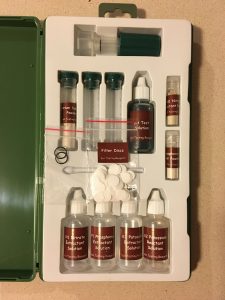
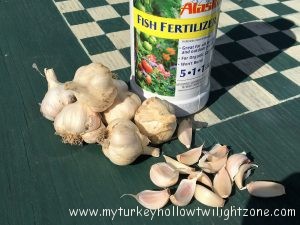
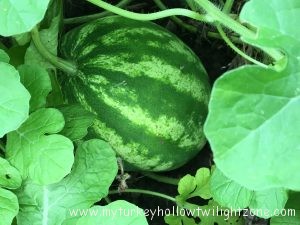
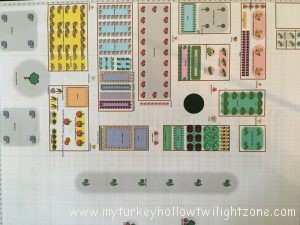
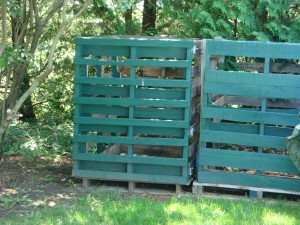
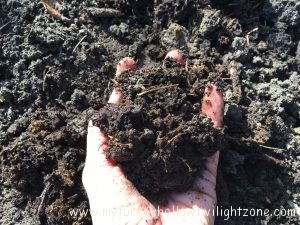
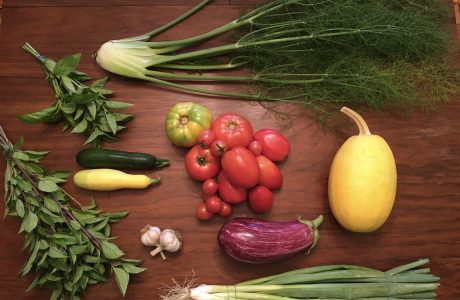


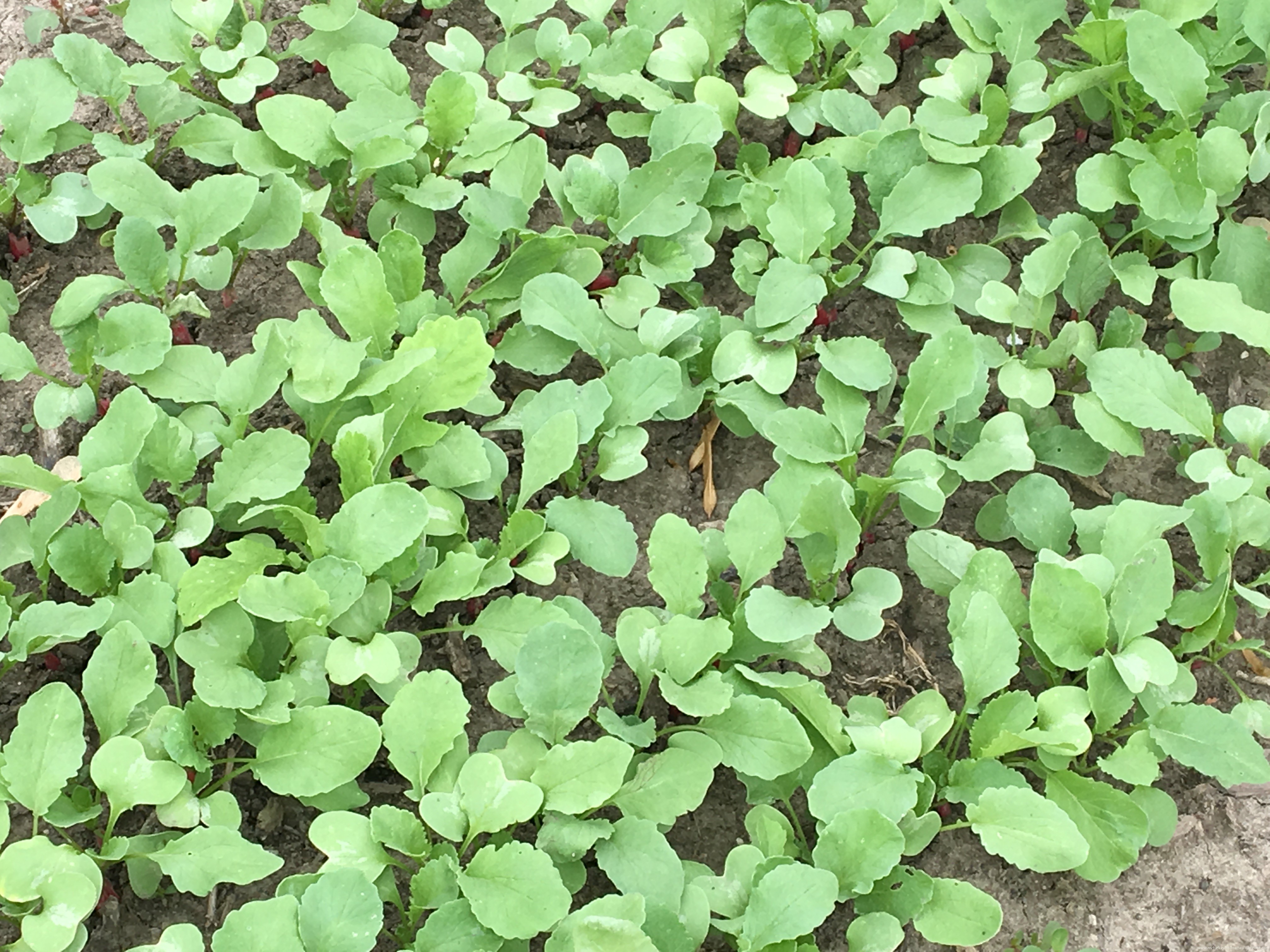


Thanks, for the great information! We are expanding our gardens this year.
You’re welcome! Thank you for taking time to read and comment! Enjoy your gardening season!